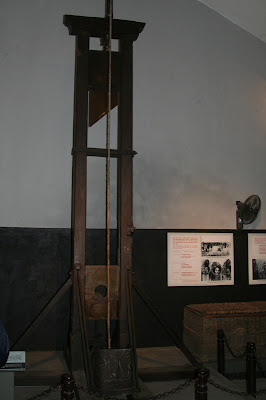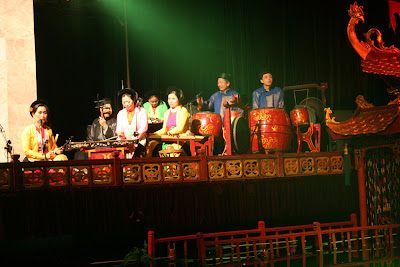


I had been to Cambodia some years ago, when it first opened to tourism, but I hadn't ever been to Vietnam, even though everyone I know who's been there raves about it. Finally, in March 2007, I decided it was time to explore Vietnam. For reasons known only to the tour company, they routed us from LA to Bangkok, and then back to Hanoi, even though the plane to Bangkok flew right over Hanoi, but ours not to reason why... Anyway, Bangkok's a lovely city, even if you only get to spend overnight there. Just look at this charming shrine and the lotus and water lilies growing right outside the hotel.















































